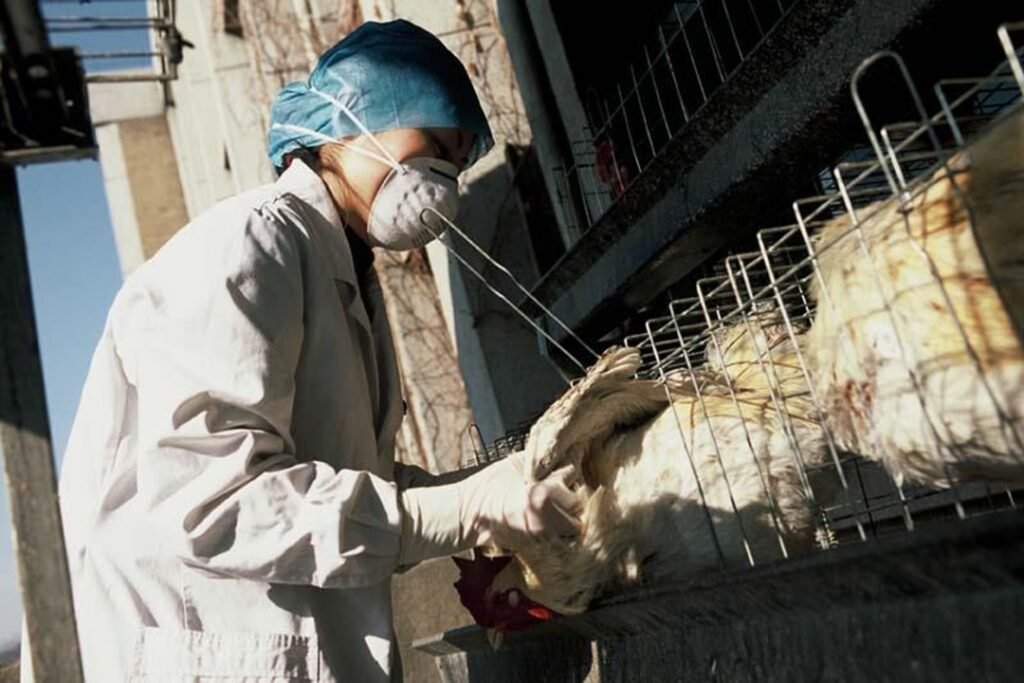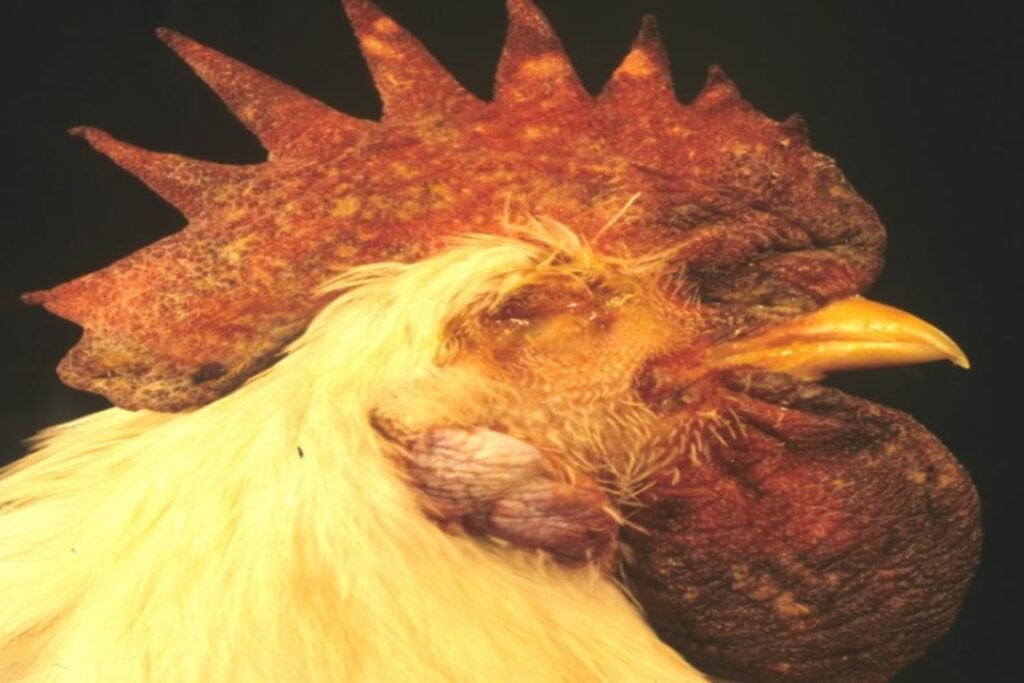Avian influenza is also called bird flu. Avian influenza virus spreads in wild aquatic birds. It can infect all other species of animals and birds, but these viruses do not infect humans. Humans have been harmed by bird flu virus When avian influenza spreads among chickens and hens, all types of chickens and hens are culled whether they are infected or not. The poultry industry is a means of livelihood for farmers, farmers have to suffer huge losses due to this infection.
What is avian influenza?
Avian influenza viral disease affects wild and domestic birds. This virus has separated humans from all mammalian species. This virus has been divided into many subtypes like H5N3, H5N8, H5N1 etc. This virus is a rapidly spreading virus. Its genetic characteristics evolve very rapidly. This disease is spread in different subtypes across the world.
Avian influenza virus is divided into several types according to the severity of the disease in poultry.
1 low pathogenicity avian influenza (LPAI)
2 High pathogenicity avian influenza (HPAI)
LPAI usually does not cause any clinical symptoms.
HPAI causes severe clinical symptoms and high mortality.

Status at a glance
The World Health Organization (WHO) was notified of one case of human infection by the national authorities of Vietnam on 25 March 2024. The human developed symptoms of the virus on 11 March and died on 23 March. Contact with birds occurred on the third of February. Samples collected last week tested negative for influenza virus (H5N1). The first case of human infection since 2022 was found in Vietnam. This virus is an incident of human infection caused by a subtype of influenza A. It has negative health effects. There is a possibility of impact. According to WHO, there is very little danger to the population from this virus.
Public health response
Following are the instructions given by the Government of Vietnam
Orders have been given to investigate the epidemic
Disinfecting suspected risk areas
Tracing, monitoring, and testing people who came in contact with the patient
Testing by taking samples of chickens and birds around the patient
Orders have been given to prepare hospital medicines and other supplies for the prevention of this disease.
Transmission
The spread of this virus usually occurs through wild birds. There remains a risk of infection from birds to humans. The main cause of infection in humans is the environment contaminated with infected animals or feces and direct and indirect contact with them etc.
Handling infected chickens, giving medicines, and consuming them are also the main causes of risk to humans.
Avian Influenza Data
Avian influenza detected in wild birds
9,221
Jurisdiction of bird flu in wild birds
50
poultry farming affected
82,048,806
poultry outbreak states
48
Human cases reported in the US
2
Symptoms

While avian influenza rarely spreads to humans, there is still a risk of it spreading. Symptoms include fever, cough, severe pneumonia, difficulty breathing (respiratory distress syndrome), etc.
Prevention
According to WHO, it is not so easy to eliminate influenza virus and zoonotic infections will continue to occur. To reduce the public health risk, both human and animal populations will have to be monitored and each human infection will have to be thoroughly investigated and risk-based pandemic planning is necessary. Animal health and public health officials need to work together
Humans should avoid close contact with animals in areas affected by the virus. Children, pregnant women elderly people, or those with compromised immune systems should avoid visiting areas where animals are slaughtered or sold. Avoid contact with surfaces contaminated with feces Humans should avoid contact with wild birds, and sick or dead animals. Contact veterinary or wildlife authorities to remove dead animals. Every human with dirty hands should clean them using soap or hand rub.
People from these countries should avoid traveling to countries with outbreaks of avian influenza. People from these countries should avoid poultry farms. They should stay away from animals sold in the market. Do not go to places where poultry is slaughtered until the outbreak of this virus stops. Travelers coming from affected areas should seek medical advice in case of symptoms of any illness and should not be negligent in any way.
WHO response
WHO continues to study avian and other zoonotic influenza viruses through its Global Influenza Surveillance and Response System (GISRS) WHO in collaboration with other organizations Food and Agriculture Organization of the United Nations (FAO) World Organization for Animal Health (WOAH) Monitors and assesses influenza outbreaks and associated risks at the human interface WHO adjusts and develops seasonal zoonotic and influenza surveillance response strategies and preparedness based on influenza risks
Frequently Asked Questions (FAQ):
Can avian flu spread to humans?
This virus is found mostly in birds only. Recently, apart from these, this virus has also been found in mountain lions, red foxes, bears, harbor seals, etc. After an animal gets infected with this virus, when a human comes in contact with it, the human also gets infected.
What causes avian influenza?
Avian influenza, also known as bird flu, is a disease that affects birds. This virus has several subtypes. It is divided based on low and high pathogenicity, which causes different symptoms in infected birds.
What are the symptoms of bird flu in humans?
People who are infected with avian influenza or bird flu do not experience symptoms. According to the CDC, their symptoms can be mild symptoms like fever, body aches, fatigue, sore throat, problems in breathing, etc.
What is the main treatment for avian influenza?
There are many subtypes of this virus. Different doses are given for different subtypes. Generally, treatment with zanamivir or oseltamivir is recommended. Rimantadine and amantadine are used in anti-viral drugs.
see more:
10 Healthy Habits to Follow Everyday For Students







